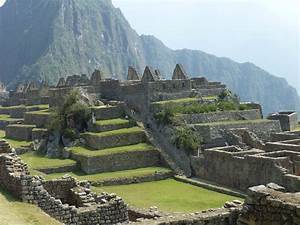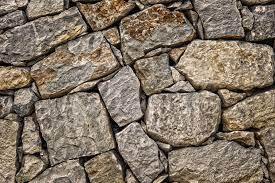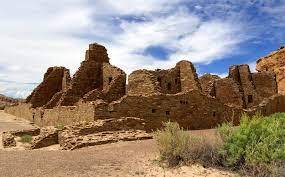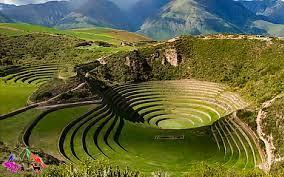Civilizations in the Americas in 1215
Episode 8 Civilizations in the Americas in 1215
1215: Years That Changed History
Dr Dorsey Armstrong (2019)
Film Review
Ancestral Pueblo
Armstrong begins by discussing the first advanced civilization in North America at Pueblo Bonito in Chaco Canyon. Based on recent archeological evidence (a burial site with 14 bodies wearing precious jewels), what was formally believed to be an egalitarian society now seems to have been ruled by a small hereditary elite. Mitochondial DNA shows suggests matrilineal inheritance.* However, according to Armstrong, these societies were nowhere near as hierarchical as those of medieval Europe.**
Other archeological evidence suggests Ancestral Pueblo societies in the southwest US may be thousands of years old and possibly an outgrowth of Mayan Olmec or Toltec societies.
These societies spoke multiple dialects derived from three distinct language groups. Individuals were usually multilingual, enabling them to communicate with other Pueblo societies, as well as Navajo neighbors.
By 3400 BC they had domesticated avocado, chili and corn, and they seem to have traded with ancient Mexican societies (500 miles away) for cocoa beans. Owing to the complexity of corn cultivation in an arid desert region, they studied astronomy and developed complex irrigation systems. Their religion incorporated a Great Being who they relied on for guidance in food production.
They lived in complex apartment units known as pueblos, which they entered on the second floor by ladder (making them more resistant to hostile attack. Five stories high, the largest apartment complex at Pueblo Bonito contained 700 rooms and employed passive solar architecture to stay warm during winter and cool during summer.
As pre-literate societies Ancestral Pueblo passed information via oral tradition. There’s no evidence they used draft animals or wheeled vehicles.
Incas
The Incas first established themselves in Cuzco (modern Peru) in the early 13th century, eventually expanding into a massive empire along the west coast of South America.
The were also pre-literate and had no draft animals, plows, wheels iron or steel. It’s unclear how they built such a massive structure as Machu Picchu without any of these tools.

Machu Picchu incorporates an ancient technology known as Dry Ashlar, in which carefully cut stones are fitted together without mortar.
 They grew squash, corn, chilis, cocoa and quinoa and preserved food by storing it at altitude. They also built the amazing Morray Terraces, an gigantic series of circular terraces with a temperature differential of 27 degrees. Armstrong feels the purpose was to enable the production of crops requiring different climactic conditions.
They grew squash, corn, chilis, cocoa and quinoa and preserved food by storing it at altitude. They also built the amazing Morray Terraces, an gigantic series of circular terraces with a temperature differential of 27 degrees. Armstrong feels the purpose was to enable the production of crops requiring different climactic conditions.
By 1215, the Mayan empire was in decline. During the height of their empire (250-900), which Armstrong compares to classical Greece, they developed written language (based on hieroglyphics), long count calendars (extending 2000 years into the future) and the concept of zero, cities, huge monuments and a passionate interest in arts, astronomy and sports.
Chichen Itza, a major Mayan city on the Yucatan Peninsula, was the only one to survive the post-classic period owing to its involvement in trade (mainly obsidian from Central America and gold from Mexico). In 1215 it encompassed an area of two square miles.
Both the Inca and Mayan empires practiced human and sacrifice as a religious ritual.
*In matrilineal inheritance possessions and positions of authority pass from mother to daughter.
**David Graeber and David Rengrow support this view in their 2021 The Dawn of Everything. If New World indigenous leaders got too bossy, their subjects simply packed up and walked away.
***This contrasts with Europe, which only adopted the concept of zero from the Muslim world in the late 12th century.
Film can be viewed free with a library card on Kanopy.
https://www.kanopy.com/en/pukeariki/watch/video/12392969/12392986
The Most Revolutionary Act
- Stuart Jeanne Bramhall's profile
- 11 followers





